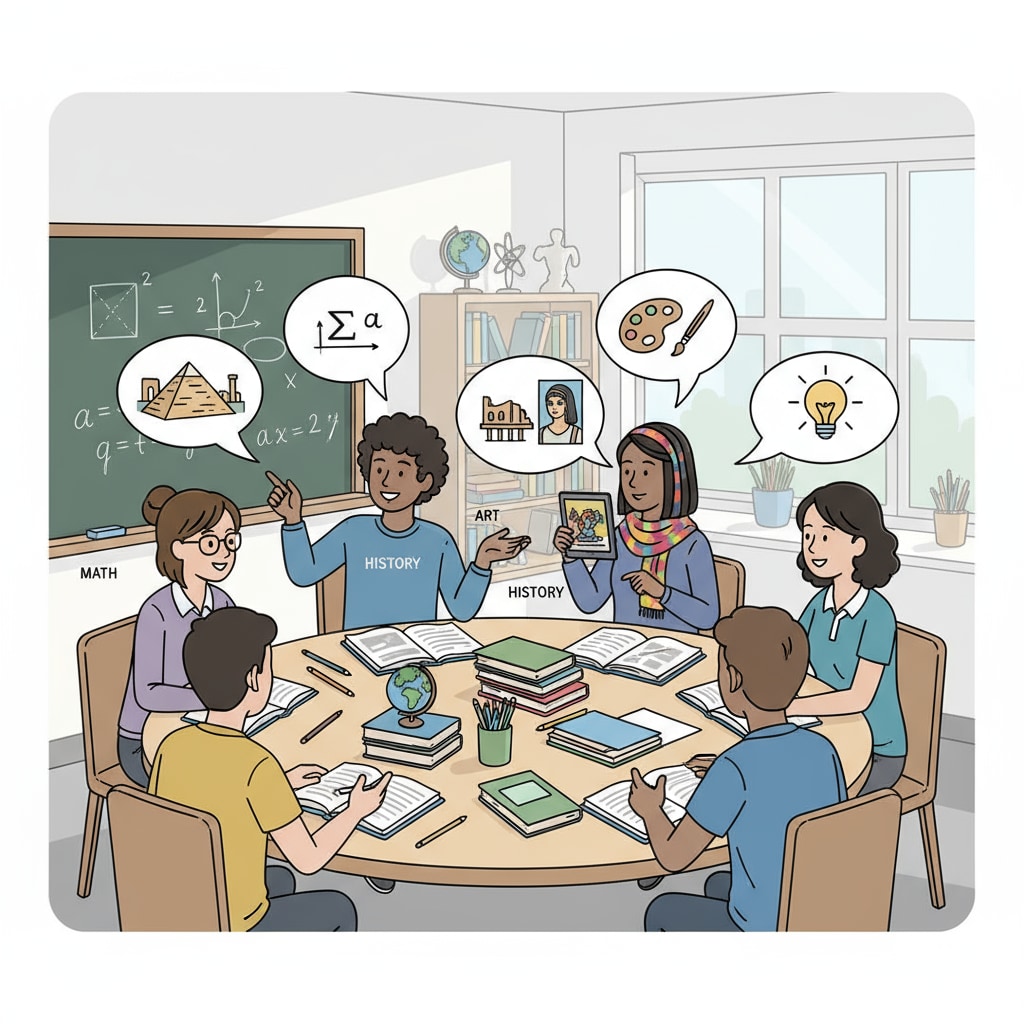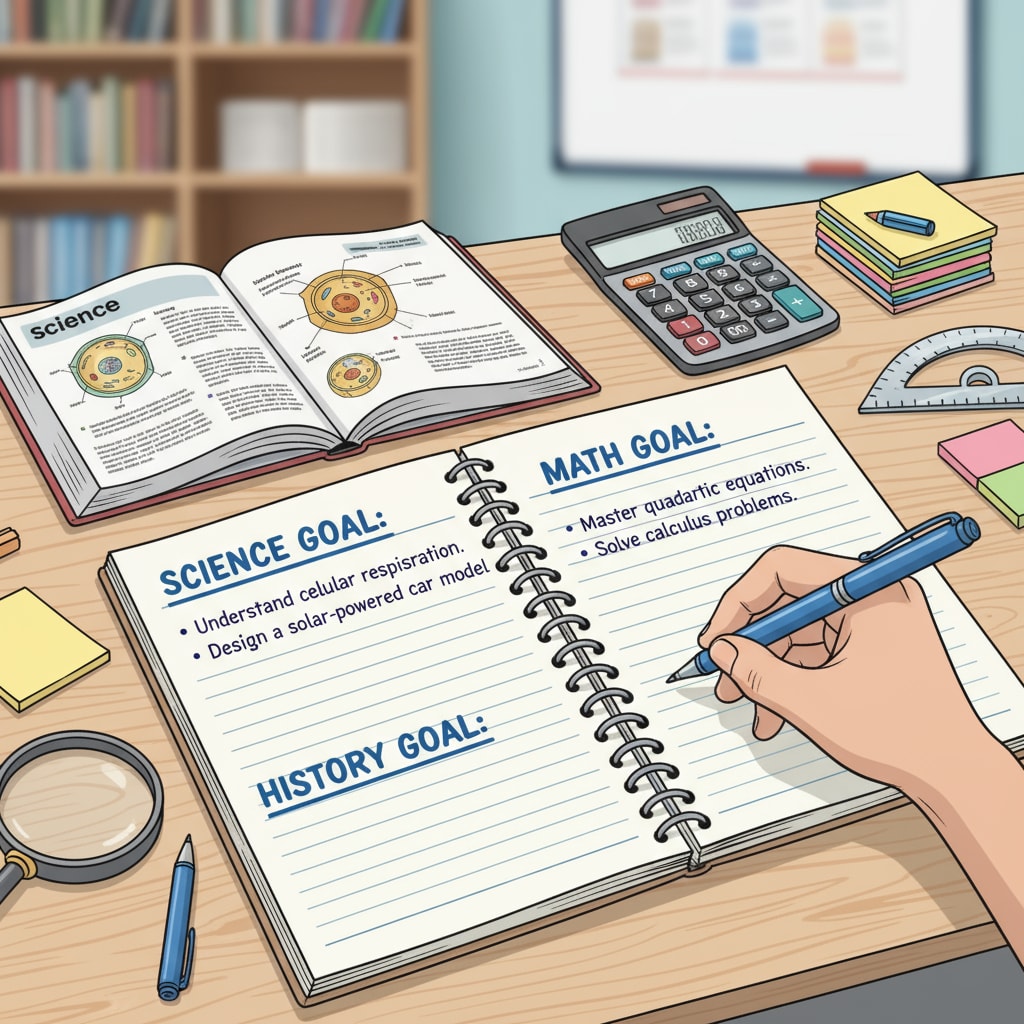In the age of information explosion, learning plans, multidisciplinary knowledge, and self-education have become essential for students, especially those in the K12 stage. This article will guide you on how to design a personalized multidisciplinary knowledge exploration map, breaking down the barriers between disciplines and achieving the organic integration and application of knowledge.

The Significance of Multidisciplinary Learning
Multidisciplinary learning is not just about combining different subjects; it’s about fostering a comprehensive way of thinking. By integrating knowledge from various fields, students can develop a broader perspective. For example, in a project that involves both science and art, students can understand how scientific principles influence artistic creations. This approach helps students see the interconnectedness of different disciplines, which is crucial in real-world problem-solving. According to Britannica, multidisciplinary education enriches students’ cognitive abilities and prepares them for a complex world.
Setting Clear Learning Goals
Before starting any learning journey, it’s essential to set clear goals. These goals should be specific, measurable, achievable, relevant, and time-bound (SMART). For instance, if a student is interested in environmental protection, a goal could be to understand the scientific, social, and economic aspects of environmental issues within a semester. This goal is specific about the subject matter, measurable as it can be evaluated through projects or tests, achievable with proper planning, relevant to the student’s interest, and time-bound. By setting such goals, students can focus their efforts and make the most of their learning time. Wikipedia’s page on learning goals provides more insights into this concept.

Mapping Out Your Multidisciplinary Learning Plan
Once the goals are set, it’s time to create a learning plan. This plan should include a schedule of study, resources to use, and assessment methods. Start by identifying the disciplines relevant to your goal. If your goal is related to urban planning, disciplines like geography, architecture, and sociology might be relevant. Then, allocate specific time slots for each discipline. For example, you could spend two hours a week on geography, three hours on architecture, and two hours on sociology. Additionally, gather resources such as textbooks, online courses, and academic articles. Regularly assess your progress through quizzes, assignments, or discussions.
Overcoming Challenges in Multidisciplinary Learning
Multidisciplinary learning is not without challenges. One common issue is the difficulty in integrating knowledge from different disciplines. To overcome this, students can engage in projects that require the application of multiple disciplines. Another challenge is the time management required to cover multiple subjects. By creating a detailed schedule and prioritizing tasks, students can ensure they make progress in all areas. Moreover, seeking help from teachers, mentors, or online communities can provide valuable support when facing difficulties.
In conclusion, learning plans, multidisciplinary knowledge, and self-education are the keys to unlocking a world of opportunities for K12 students. By following the steps outlined in this article, students can design their personalized multidisciplinary knowledge exploration maps, break through disciplinary boundaries, and enhance their comprehensive thinking abilities. Start your journey of multidisciplinary learning today and embrace the endless possibilities it offers.
Readability guidance: This article uses short paragraphs and lists to summarize key points. Each H2 section provides a clear focus. The passive语态 is used sparingly, and long sentences are kept to a minimum. Transition words are used throughout to enhance the flow of the article.


